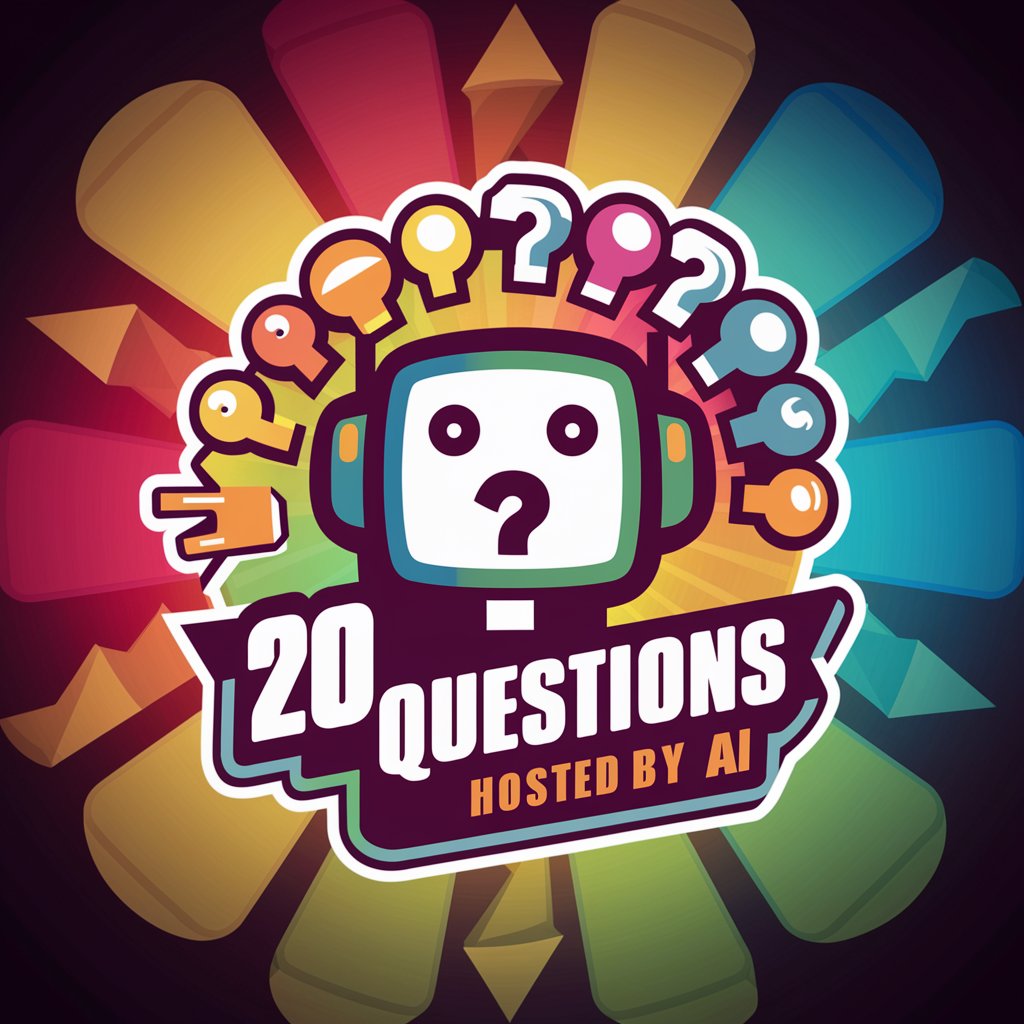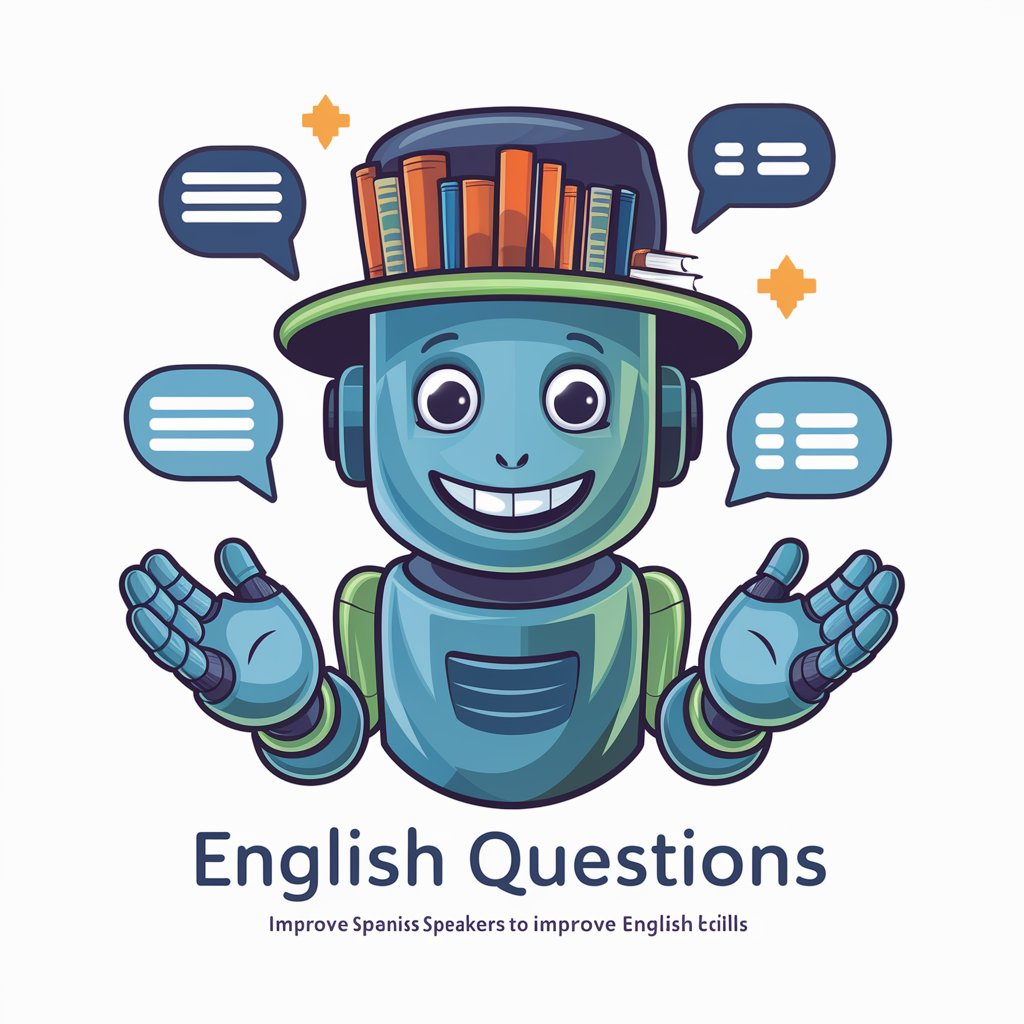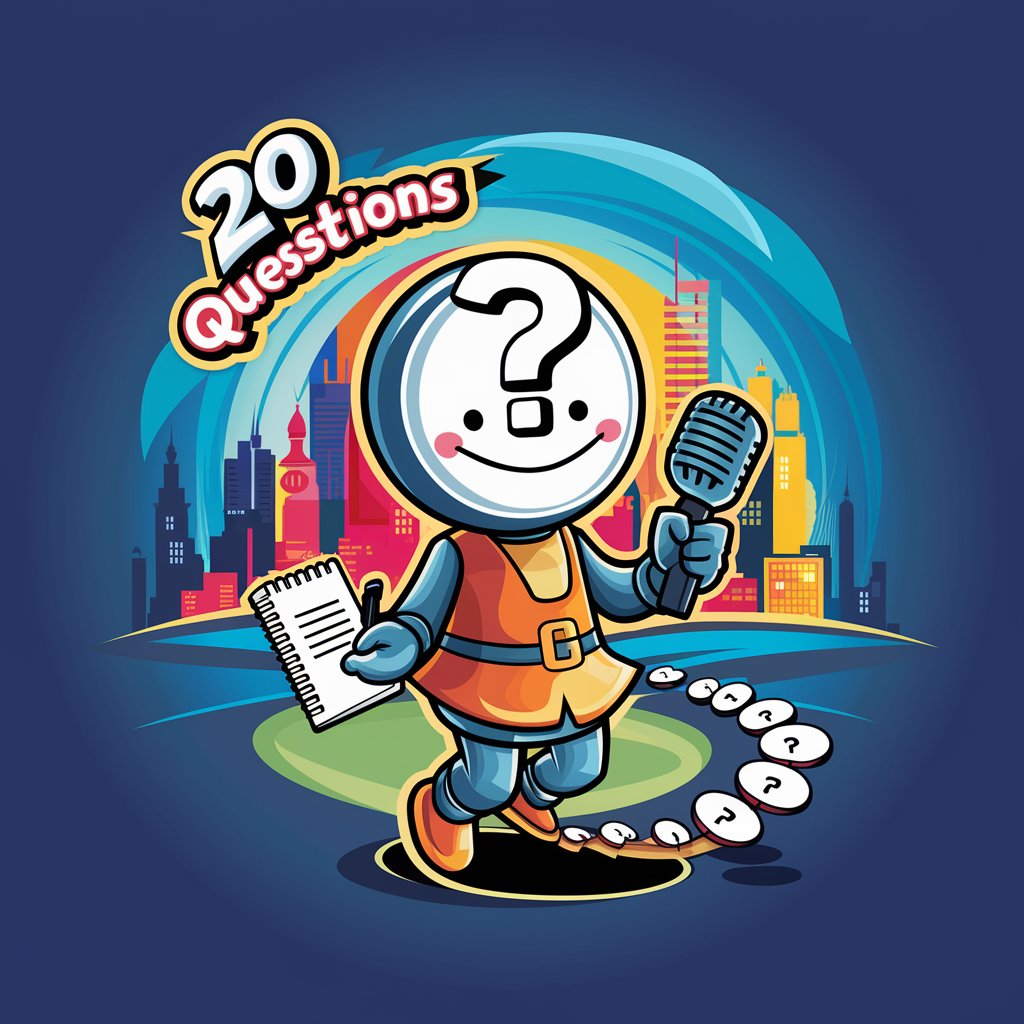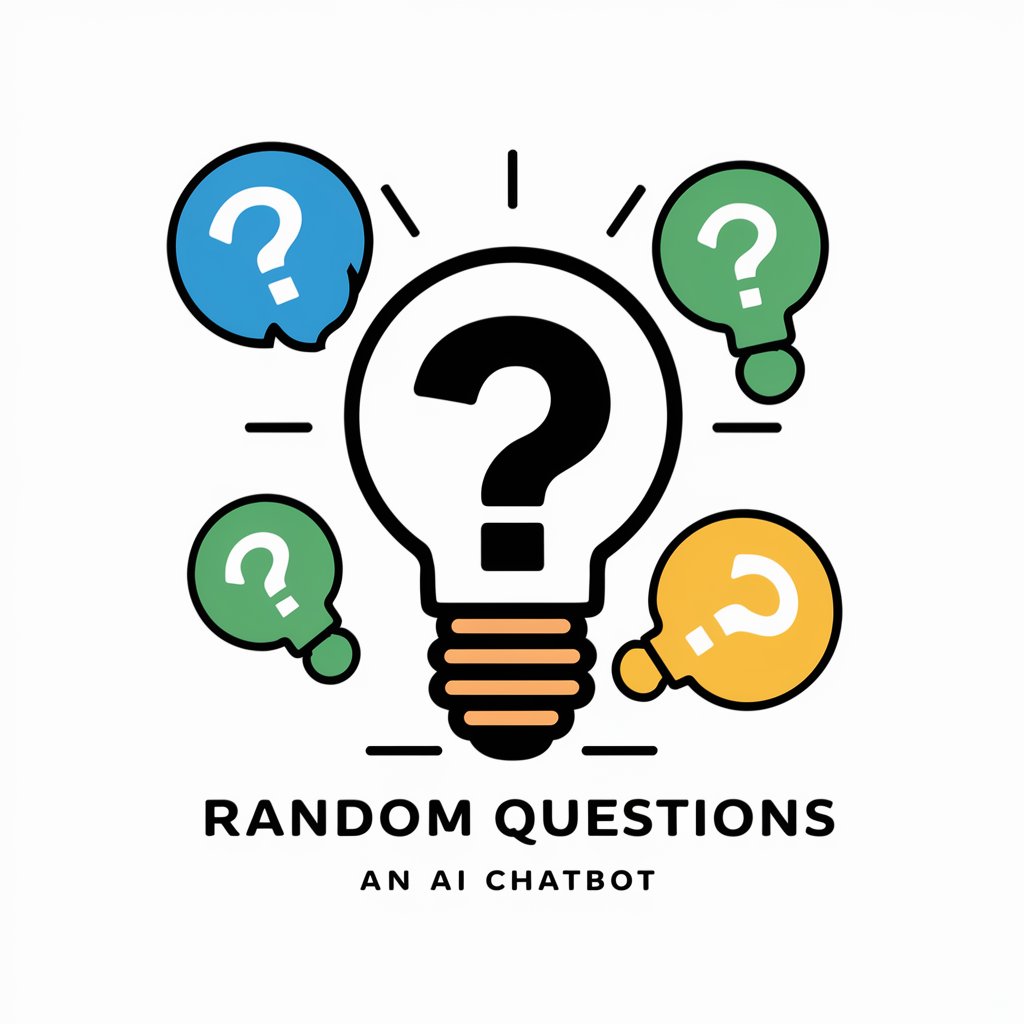
20 Questions - AI-Powered Guessing Game

Let's play 20 Questions! Start guessing your character.
Sharpen Your Inquiry Skills with AI
Is your character from a famous movie?
Is your character a real person?
Is your character known for their work in science?
Is your character a superhero?
Get Embed Code
Introduction to 20 Questions
20 Questions is a digital adaptation of the classic game of the same name, designed to test a user's deductive reasoning skills by having them guess a character I have secretly selected within a limit of 20 questions. The character can be from any domain such as literature, movies, history, or even mythology. I am programmed to respond with 'yes' or 'no' to the user's inquiries about the character's attributes, such as their profession, fictional status, historical period, or specific traits. This interactive game aims to provide entertainment, stimulate curiosity, and enhance logical thinking. For example, if I choose Sherlock Holmes, and the user asks if the character is real, I would answer 'no', illustrating the character is from fiction. Powered by ChatGPT-4o。

Main Functions of 20 Questions
Interactive Q&A Gameplay
Example
A user asks if the character is fictional, and I respond accordingly.
Scenario
In a scenario where the user is trying to deduce if the character is from a book, asking about their fictional status helps narrow down the possibilities, engaging the user in critical thinking.
Deductive Reasoning Enhancement
Example
Based on the responses, the user deduces whether the character could be a historical figure or a fictional one.
Scenario
If a user discerns through questions that the character lived in the 18th century, they apply historical knowledge to guess the character, sharpening their deductive reasoning skills.
Educational Engagement
Example
After the game, providing a fun fact about the guessed character.
Scenario
Once the character is guessed or revealed after 20 questions, offering a fun fact adds an educational twist, making learning about historical figures or literary characters more engaging.
Ideal Users of 20 Questions
Curious Minds
Individuals with a keen interest in trivia, history, literature, or popular culture will find 20 Questions a stimulating challenge. It offers them an opportunity to test their knowledge and learn new facts in an entertaining format.
Students
Students can use 20 Questions as a fun and interactive way to complement their studies, especially in subjects like history, literature, and social studies. It encourages critical thinking and helps in memorizing facts through gameplay.
Educators
Teachers and educators looking for engaging methods to spark interest in various subjects among students can use 20 Questions as a tool. It can serve as an educational icebreaker or a way to integrate play into learning.

How to Use 20 Questions
1
Visit yeschat.ai for a complimentary session, no account or ChatGPT Plus required.
2
Select the '20 Questions' game option from the menu to start playing.
3
Think of a character, object, or animal for the AI to guess, or let the AI choose one.
4
Begin asking your questions or answering the AI's questions, using only 'Yes' or 'No'.
5
Use strategic questions to narrow down the possibilities, aiming to guess correctly within 20 questions.
Try other advanced and practical GPTs
Car Questions
Empowering your automotive knowledge with AI.

Graphics Programmer
AI-powered graphics programming assistant

Co Programmer
AI-powered assistant for coding efficiency

Python Programmer
Crafting Python solutions with AI precision.

Rails Programmer
Empower your Rails development with AI

Replit Programmer
Transforming code into solutions with AI

Questions
Empower your curiosity with AI

English Questions
Enhance your English with AI-powered practice

20 Questions
AI-powered guessing challenge

Questions
Empower your curiosity with AI-powered insights.

Random Questions
Unlock creativity and knowledge with AI-driven inquiries.

Quantum Questions
Unlocking the Universe, One Question at a Time

Frequently Asked Questions about 20 Questions
Can I play 20 Questions with any type of character or theme?
Yes, you can play 20 Questions with any character, animal, or object. The more familiar you are with the subject, the more accurately you can answer questions to guide the game.
Is there a way to win every time in 20 Questions?
Winning every time is challenging as it depends on the specificity of the questions and the range of knowledge about the subject. Strategic questions that broadly categorize the subject can improve your chances.
How does the AI choose characters in 20 Questions?
The AI selects characters based on a vast database of entities, aiming for diversity and recognizability to ensure an engaging game.
Can I play 20 Questions against another human player?
While 20 Questions is designed for AI-human play, you can certainly use the questions and structure as a guide for playing with another human.
Are there any strategies for asking questions in 20 Questions?
Yes, start with broad questions to narrow down the field (e.g., 'Is it alive?'), then move to more specific questions based on the answers received. This approach helps to efficiently narrow down the possibilities.